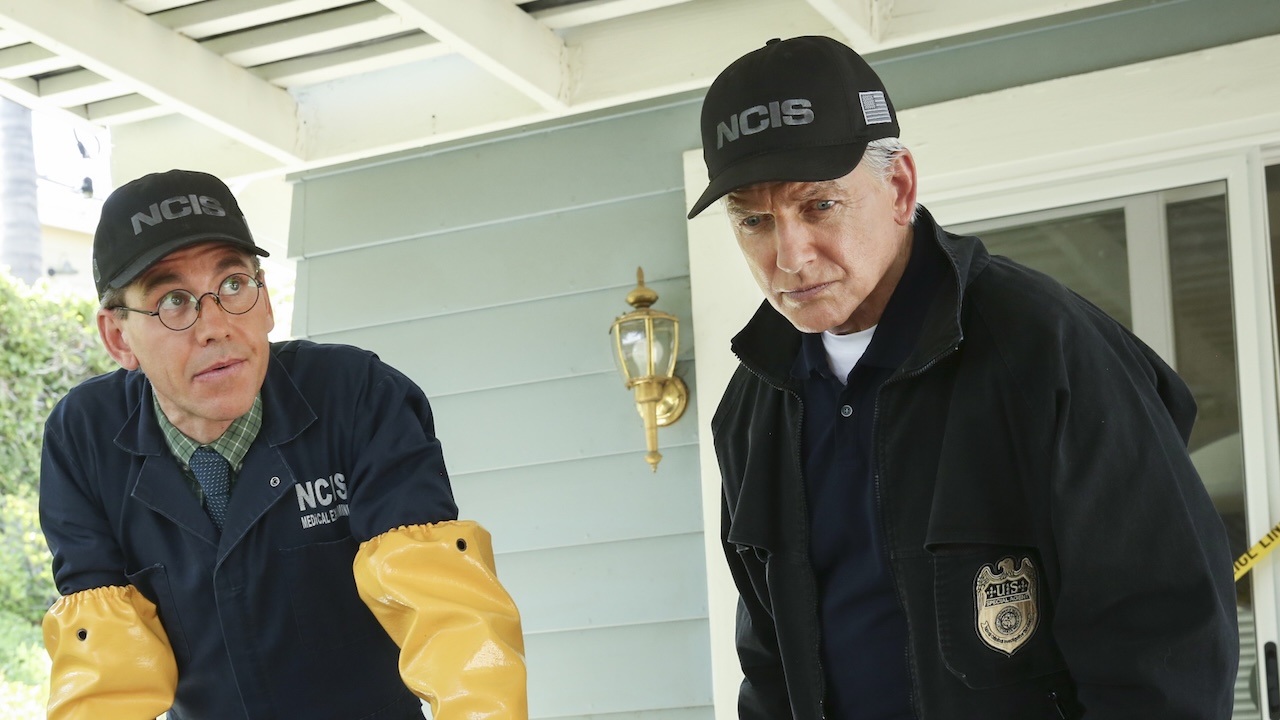While Everybody's Talking About Spike Lee's Highest 2 Lowest, Can I Please Talk About The Excellent Akira Kurosawa Movie That Inspired It?
You can be high, or you can be low, but there is no in-between in this film noir classic.
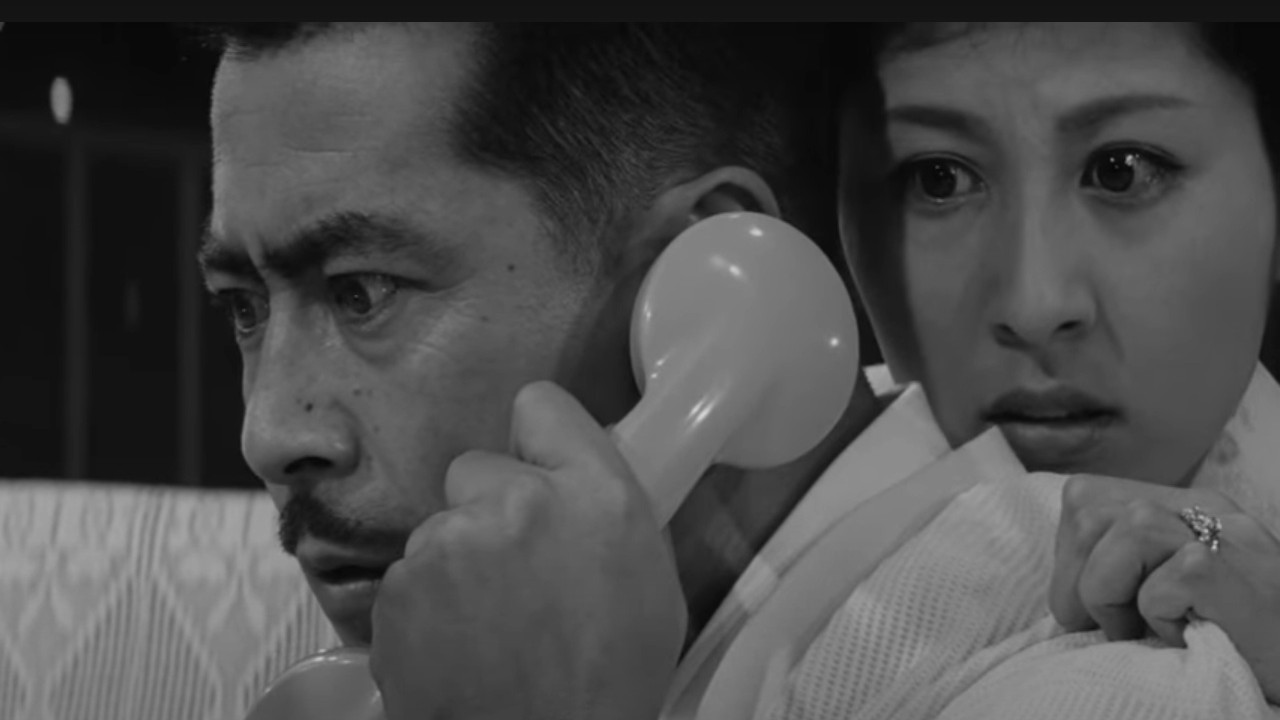
As a huge fan of Spike Lee, I’m looking forward to seeing his latest film, Highest 2 Lowest, as part of the 2025 movie schedule. Before I see it, can I just rave about the 1963 Akira Kurosawa film that inspired it, High and Low?
While I typically love Spike Lee’s characters, and I adore pretty much everything Denzel Washington does, I’m having a hard time believing that the two of them will be able to match or even surpass the work of Kurosawa and Toshiro Mifune. High and Low is, quite frankly, one of the greatest movies ever made.
Thankfully, Highest 2 Lowest has been getting pretty great reviews as of late (unlike Lee’s other adaptation from an Asian movie, Oldboy, which we gave a pretty low review at the time), and I’m looking forward to watching it. However, before I do, let me just tell you about the outstanding original.
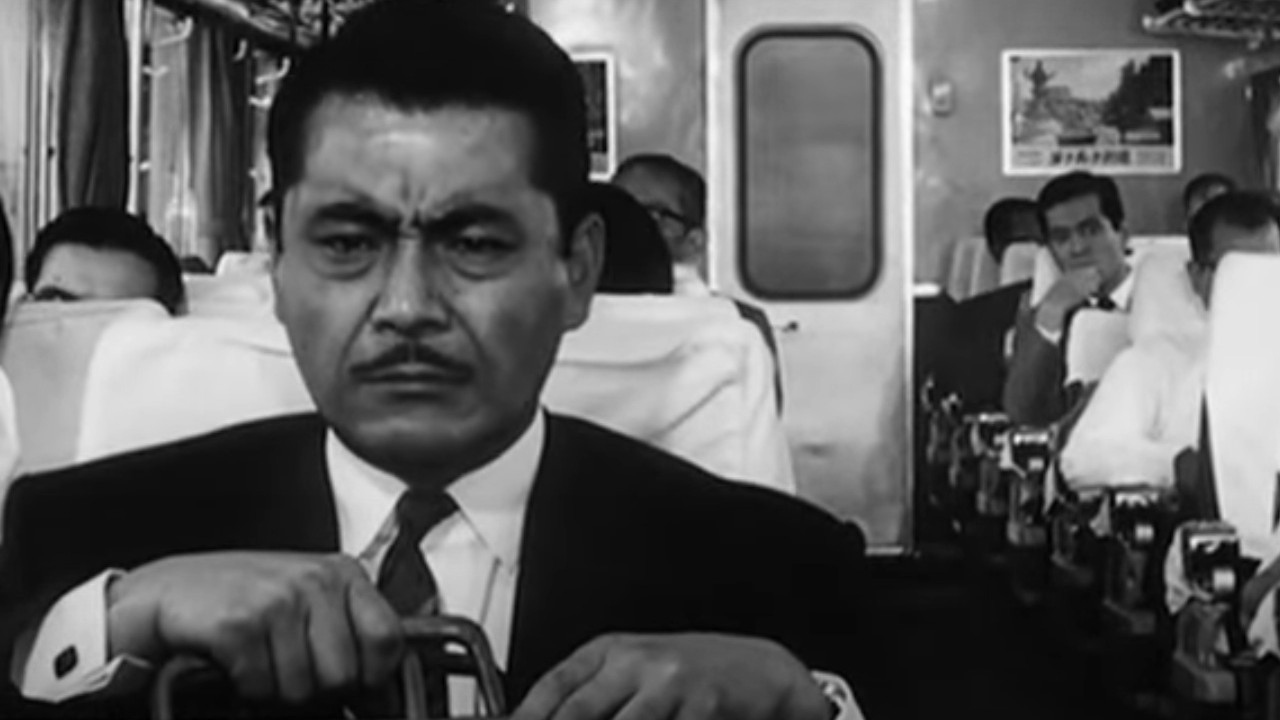
High And Low Is One Of The More Interesting Toshiro Mifune Performances In A Kurosawa Film
You know, there are some actor/director pairings that are so noteworthy that people stand up and take notice. For instance, I’ve already talked about the many movies between Scorsese and Robert De Niro (as well as the movies between Scorsese and DiCaprio – with De Niro and DiCaprio BOTH starring in Killers of the Flower Moon). I’ve also talked about Tim Burton and Johnny Depp, who made 8 movies together. That’s a lot.
But, do you know how many movies Toshiro Mifune and Akira Kurosawa made together? Sixteen. You heard that right. Mifune and Kurosawa made double the movies that Burton and Depp have made.
And, of those 16 movies, most people are probably familiar with Kurosawa's “samurai” movies (Also known as Jidaigeki films, which basically translates to “period dramas"). You know, films like Seven Samurai, Yojimbo, and The Hidden Fortress (which is the movie people associate with Star Wars). Those kinds of movies.
That said, Mifune made a number of films with Kurosawa that weren’t Jidaigeki, such as Stray Dog, Drunken Angel, and yes, High and Low. Of these films, I find the latter the most interesting. The story of a businessman in the shoe industry who is about to make a major deal when he gets a call about a kidnapping, High and Low takes the viewer all over the place, and never settles on anywhere comfortable.
Your Daily Blend of Entertainment News
You see, Mifune’s character doesn’t want to pay the ransom at first, since even though he initially thought his own son was kidnapped, he learns that it’s his chauffeur's child who’s been taken, which changes his tune. He eventually decides to pay since he’s guilt-tripped into doing it, but what follows is a tangled web that is way different from many other Mifune/Kurosawa pairings, which I’ll get into next.
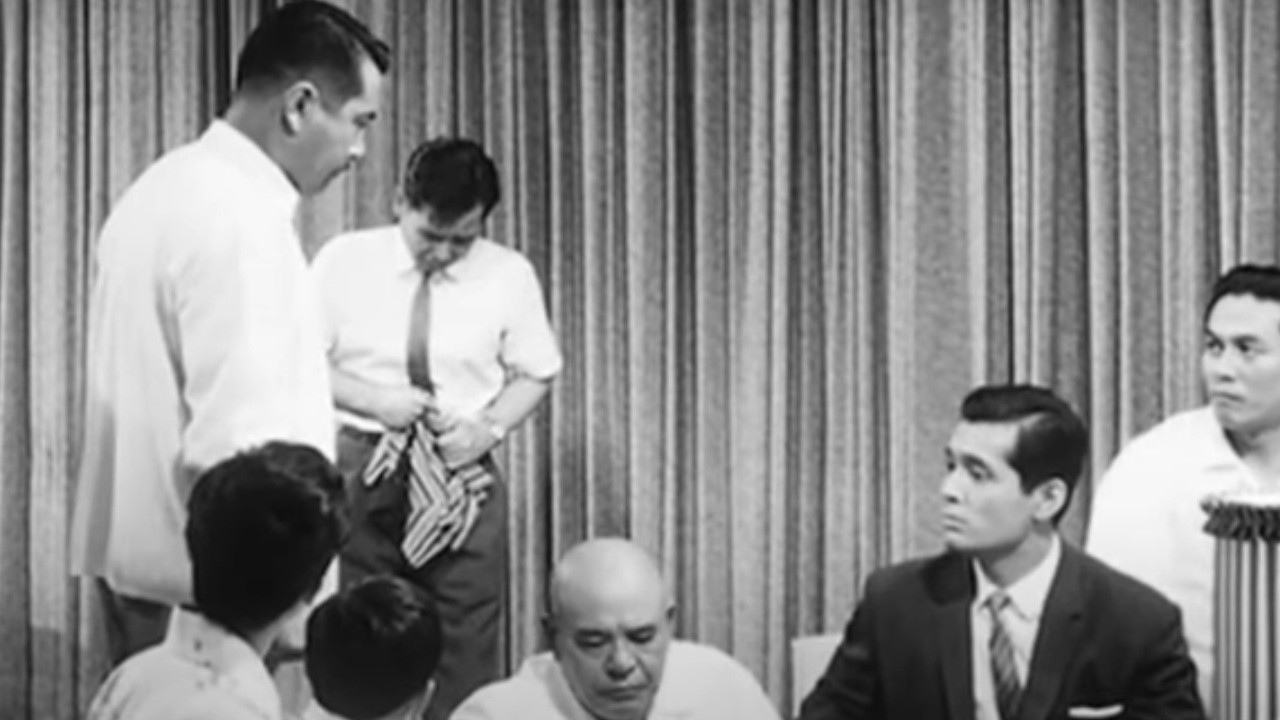
It's A Film Noir Classic
Here’s an interesting thing that you might not know about Kurosawa. It’s said that he was initially viewed with higher esteem in the West than he was in his native land. This actually tracks, since his work was often influenced by stories from the West, like Shakespeare with Ran and Throne of Blood (adaptations of King Lear and Macbeth, respectively), or yes, High and Low, which was loosely based on the 1959 novel, King’s Ransom, by American author, Ed McBain (which was the pen name of Evan Hunter).
And, if you watch lots of Japanese cinema like I do, then you’ll notice that other Japanese directors make very different films from Kurosawa.
However, even if you watch the more popular Kurosawa movies, like Rashomon, Kagemusha, and Seven Samurai, you might not be aware that Kurosawa actually delved into the crime drama quite a bit, with High and Low being his film noir masterpiece.
In a lot of ways, High and Low is a police procedural, as Tatsuya Nakadai plays the chief investigator in the kidnapping. His plan is to find the identity of the kidnapper, and he involves Mifune's character to locate him.
This is an interesting turn since Mifune's character starts out as the reluctant protagonist who is just trying to overtake the shoe company that he works for, only to get embroiled in a crime. So, if you've only seen Kurosawa's Jidaigeki films, I encourage you to check out this film noir classic. I assure you, you'll be impressed.
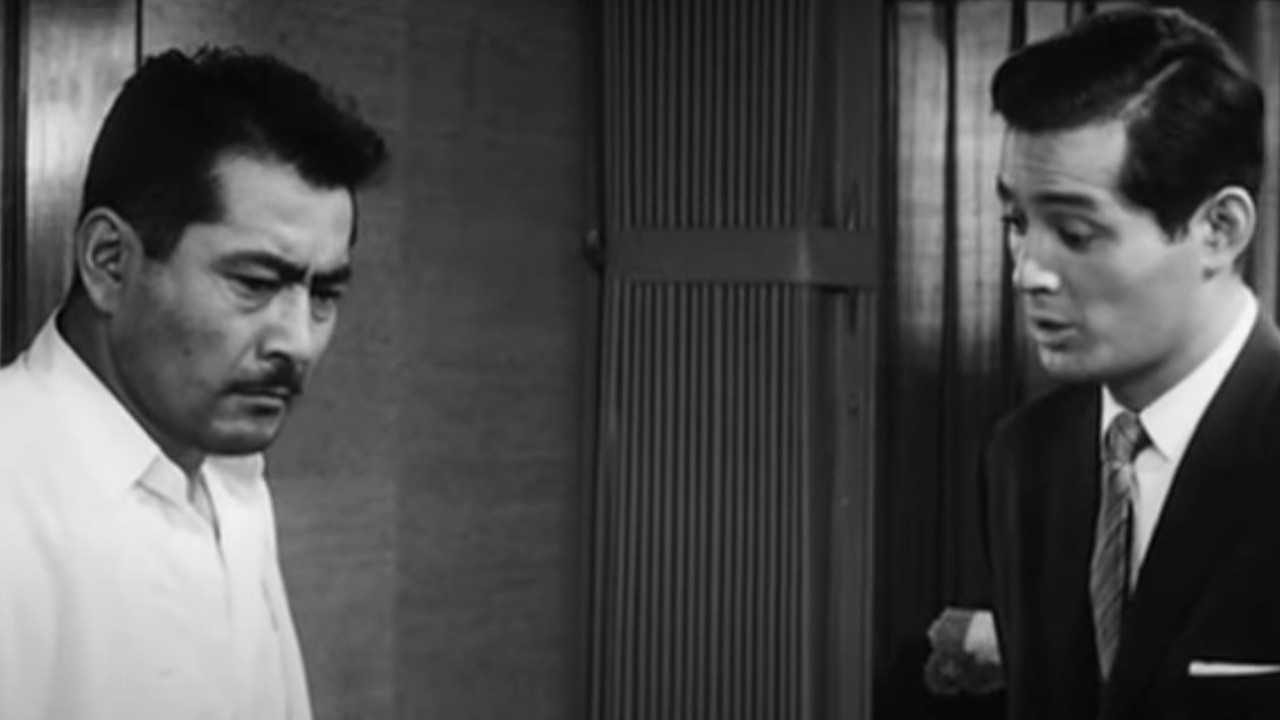
Almost All Of The Characters Are Morally Grey
I love unlikeable characters, especially when they're our protagonist, and at the start of this film, there's probably no more unlikeable character than our “hero,” Kingo Gondo, played by Mifune.
From the very start, he wants to use his own income in a leveraged buyout to get more control of his company. And, when the kidnapping occurs, he feels more vexed about it than worried, especially once he learns it's not his child. He decides that he won't meet the demands.
Plus, when the hostage is eventually returned, Kingo uses it against his company, as if the kid were just a pawn. He goes straight to the paper and makes it so that he comes out a hero, making his company look bad, as they were trying to vilify him over the kidnapping.
I mean, he is not a nice guy. And, Inspector Tokura (Tatsuya Nakadai) doesn't exactly have his heart in the right place, either. In a bid to get the kidnapper's identity, the police put a false story in the newspaper to get him to come out of hiding, and he winds up killing somebody with uncut drugs in the process. So, that’s blood on the police officers’ hands as well.
And, you know the kidnapper has malicious intent, but it's mostly because he's jealous of our protagonist and purposely targeted him. In this way, all of the major characters are morally gray, which makes this movie feel dirty, but also more realistic because of it.
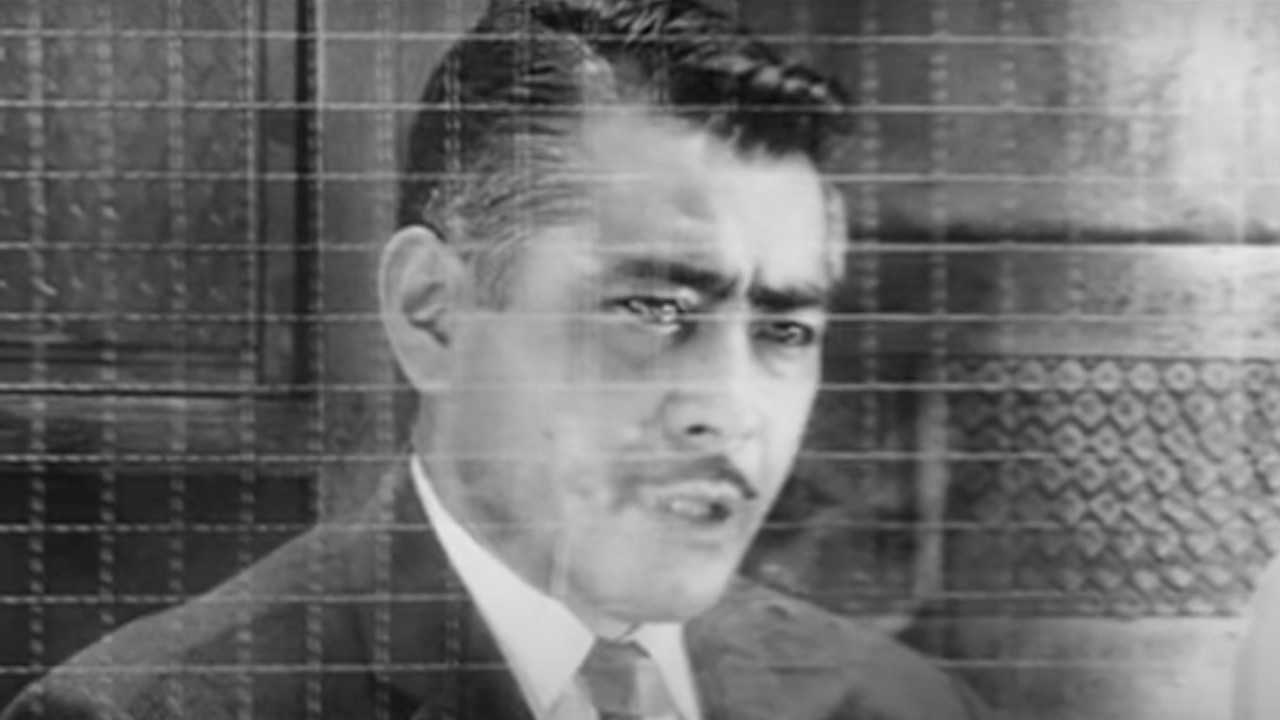
By The End Of It You Feel Like Nobody Wins
High and Low is one of those movies where nobody wins out in the end. I mean, you're not expecting a happy ending, but I wasn't particularly prepared for the dour conclusion that we get in the end, either.
Because the kidnapper, played by Tsutomu Yamazaki, is apprehended and taken into custody. When we learn why he did the kidnapping (it's because he was envious of Gondo's lifestyle) we both loathe him, but somewhat understand him. Yes, he was wrong, and yes, he should suffer the consequences, but we also sort of get his reasoning, since we've all been envious at times.
In turn, Gondo is perplexed as to why the kidnapper would go to such lengths just because of jealousy, but he doesn't even realize the lengths he himself went through just to get higher up in the company (even willing to sacrifice a child just because it wasn't his).
In this way, by the end of the film, you feel like nobody's learned a lesson, and that everybody is much worse off than they were when they initially started, which sticks with you a lot more than if things had ended positively.
It's a masterpiece in international cinema, and I'm excited to see if Spike Lee and Denzel Washington can come anywhere close to matching its excellence. Only time will tell.
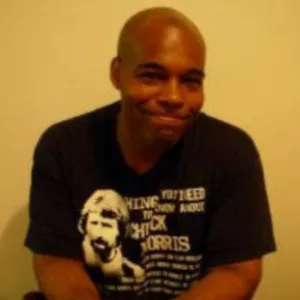
Rich is a Jersey boy, through and through. He graduated from Rutgers University (Go, R.U.!), and thinks the Garden State is the best state in the country. That said, he’ll take Chicago Deep Dish pizza over a New York slice any day of the week. Don’t hate. When he’s not watching his two kids, he’s usually working on a novel, watching vintage movies, or reading some obscure book.
You must confirm your public display name before commenting
Please logout and then login again, you will then be prompted to enter your display name.
